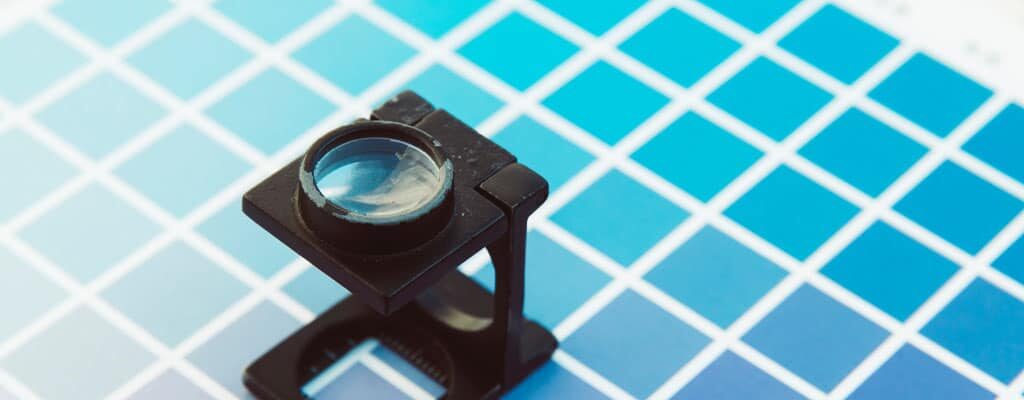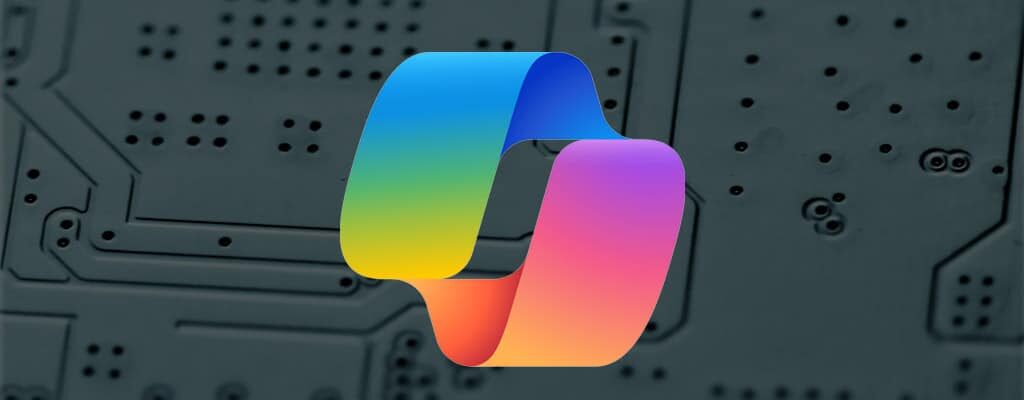Xerox Printer Comparison (Which Production Machine has the Best Image?)
Contents
Does your business rely on print quality to deliver value to its partners and customers? If so, you probably know that image quality is king. With that in mind, this Xerox printer comparison should help you decide which digital press machine is right for you and your business.
In the world of print, Xerox represents the pinnacle of image quality, color depth, and resolution. The unparalleled vibrancy that Xerox production printers offer is a crucial element of many businesses’ value proposition.
But the Xerox catalog contains dozens of printers, from small desktop devices to top-of-the-line high-volume printing presses like the iGen 5. There is no cost-effective way for the manufacturer to build a small-office printer with the same image quality as a six hundred-pound professional printing press.
This means that businesses who rely on printing equipment like a Xerox digital press need to define what their business needs while addressing their specific budgets and cost considerations. But which printers offer the best image quality?
Find out what factors contribute to print quality and how to read product specifications to determine which production printer can offer you an edge on your competition by delivering world-class prints.
Defining Image Quality
In order to make the best choice between Xerox production printers, you must become familiar with resolution and bit depth specifications. While it is true that from a layman’s perspective, higher numbers generally represent better quality image output, there is more to the story than pure linear arithmetic.
Knowing exactly how these figures apply to imaging mechanics is crucial to choosing the right printer for your business. You may find that printing every document at the highest possible resolution is an inefficient and expensive use of print resources.
Resolution
Over the past few decades, print industry customers have gradually accepted the number of dots-per-inch (DPI) to be the single most important factor to image quality. However, print industry professionals know that the truth is not that simple – having a higher number of dots per inch only suggests higher print quality. After looking through all of the info for this Xerox printer comparison, the picture does get more clear.
In practice, dot resolution is one part of a system that involves dot placement accuracy and high-precision media advancing technology. An image made of 600-dpi dots placed accurately with 1200 x 1200 dpi dot addressability grid will look better than an image made of 1200-dpi dots placed on the same grid but with a higher dot placement error.
DPI doesn’t necessarily tell you about the size, quality, or real-world need for individual dot values. Nevertheless, it’s a useful figure for determining the maximum resolution a color printer can handle when it is combined with bit depth.
Bit Depth
Most color Xerox production printers define image quality with three values. The first two refer to the device’s DPI and the third refers to the bit depth of the corresponding dot.
By this system, you read “1200 x 1200 x 10” as 1200 x 1200 dpi with 10-bit depth. Bits refer to units of information that, in the case of production printers, alter the color of individual dots.
In a 600 x 600 dpi system with a bit depth of one, each position on the paper can either have a dot or no dot – there is nothing in between. By comparison, a 4-bit depth system can generate dots with 16 different shades. These extra shades are what make higher bit-depth printing systems look more vibrant and lifelike.
Most images printed on a 600 x 600 dpi, 4-bit printer will look better than the 1200 x 1200 dpi. 1-bit alternative.
Which Xerox Production Printers Have the Best Image Quality?
The Xerox Versant 280 and Xerox Versant 4100 both feature excellent color print resolution. This means that the printer renders each individual color dot as a specific one of thousands of possible shades – ranging from pure white to total color saturation.
This Ultra HD Resolution Technology offers four times more pixels than leading competitive printing presses, creating smoother gradients and sharper border lines than similarly priced printing presses.
Importantly, each of these pixels enjoys industry-leading color depth. These production printers do not down sample bit depth the way some competing presses do. Down sampling is the process of reducing a large color palette to a smaller, more manageable number by reducing and approximating the bit depth during printing.
By comparison, the industry standard is 8-bit depth – or 256 individual shades per pixel. This technology allows Xerox printers to deliver higher quality images faster than production printers that may have nominally higher dpi values.
If you choose a Versant production printer as your device of choice for top-quality prints, you will not be disappointed. Industry-leading resolution and bit depth values combine to generate images of extraordinary quality, suitable for reproducing even the most delicate imagery.
Want to find out more about advanced bit depth technology and more details about the right Xerox printer comparison for your business? Ask one of our experts for more information.



